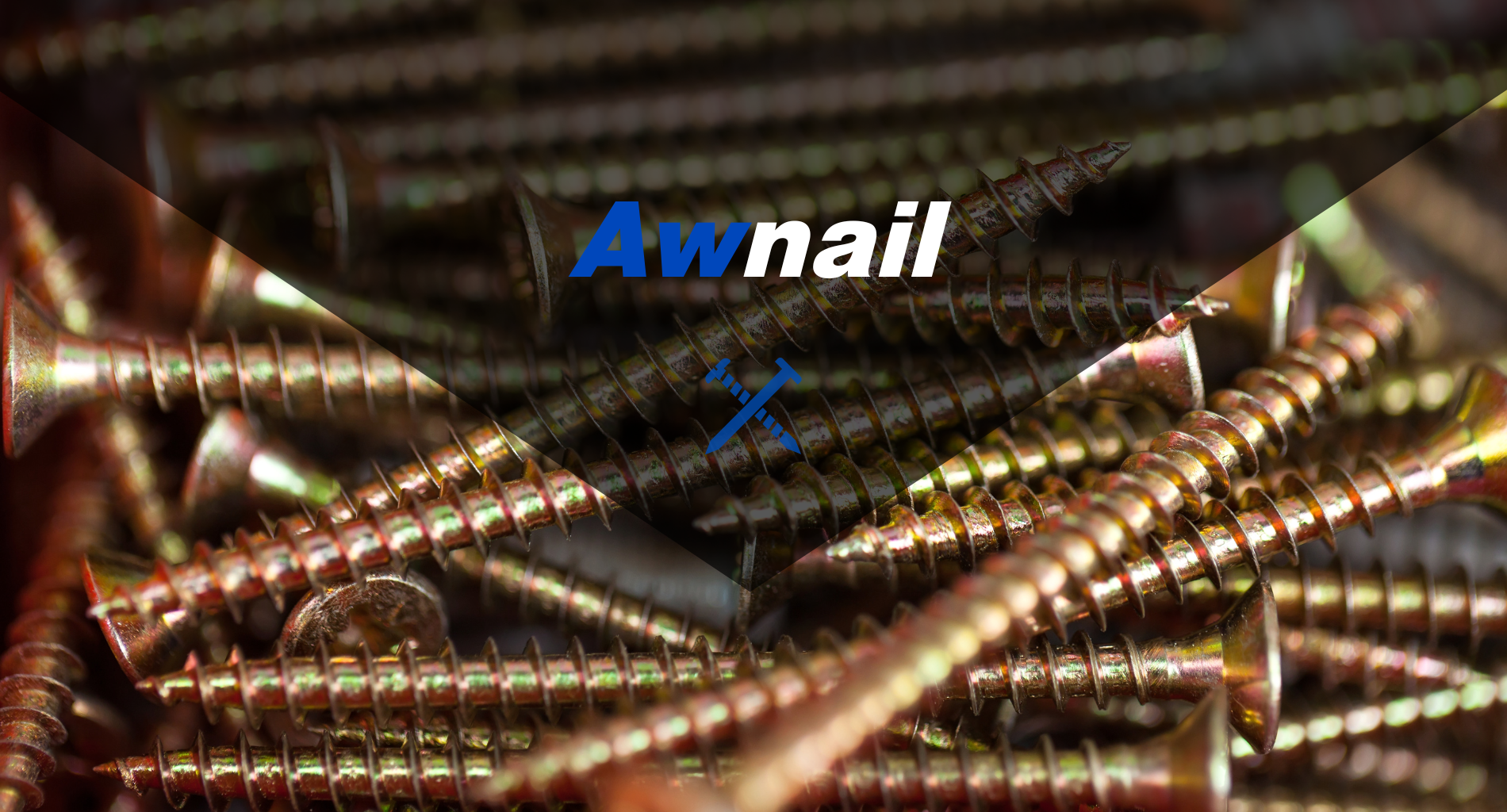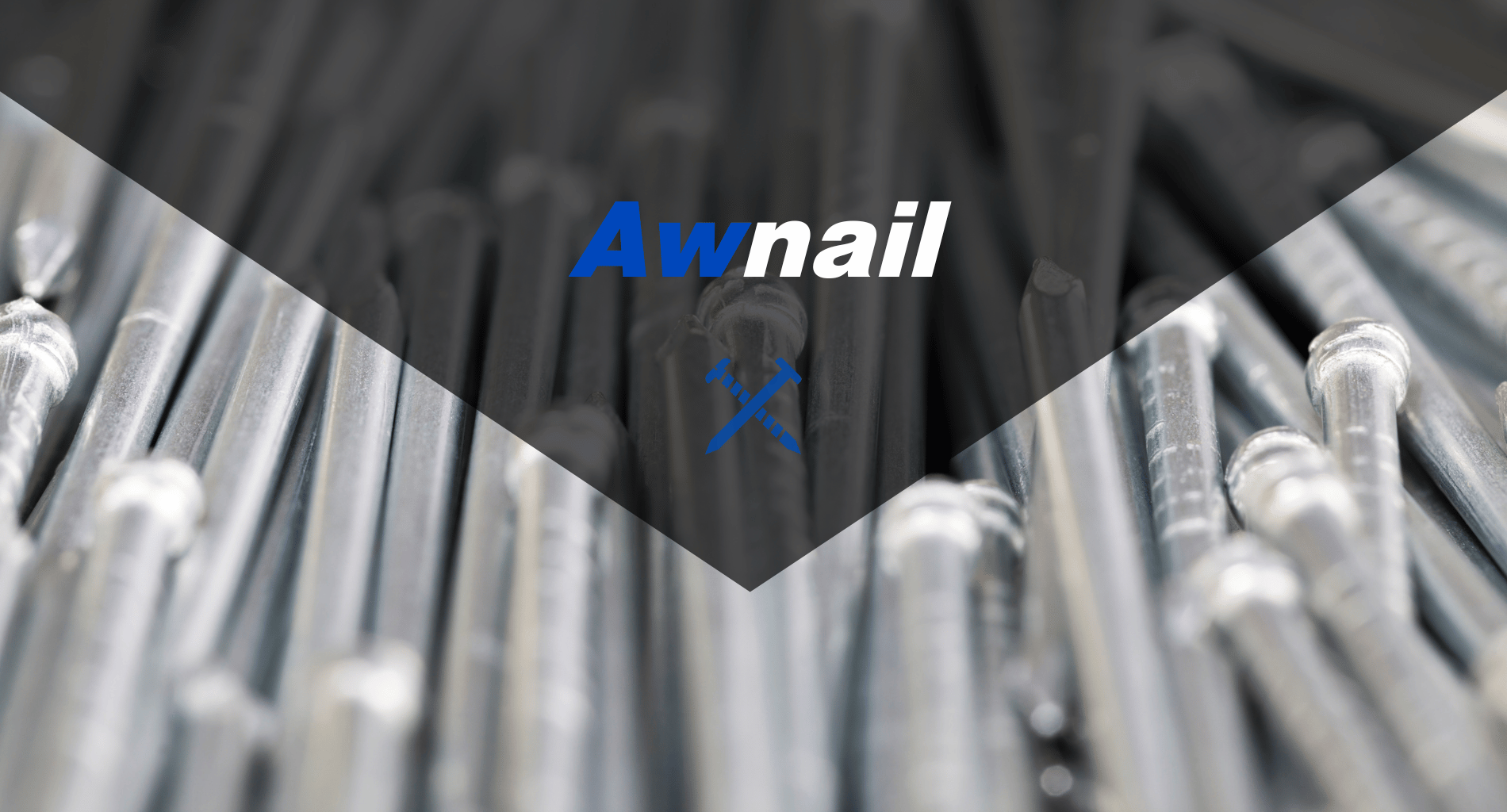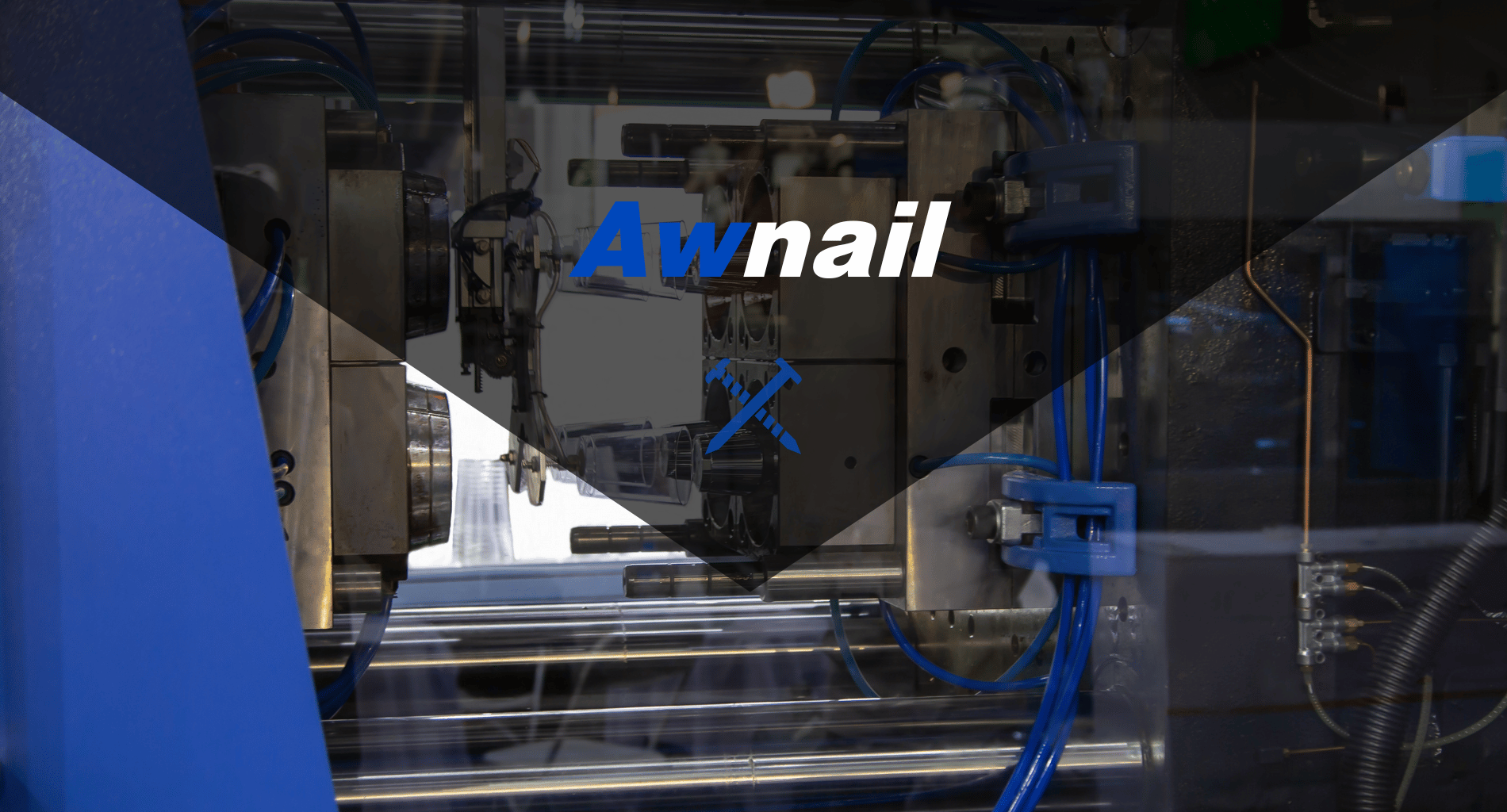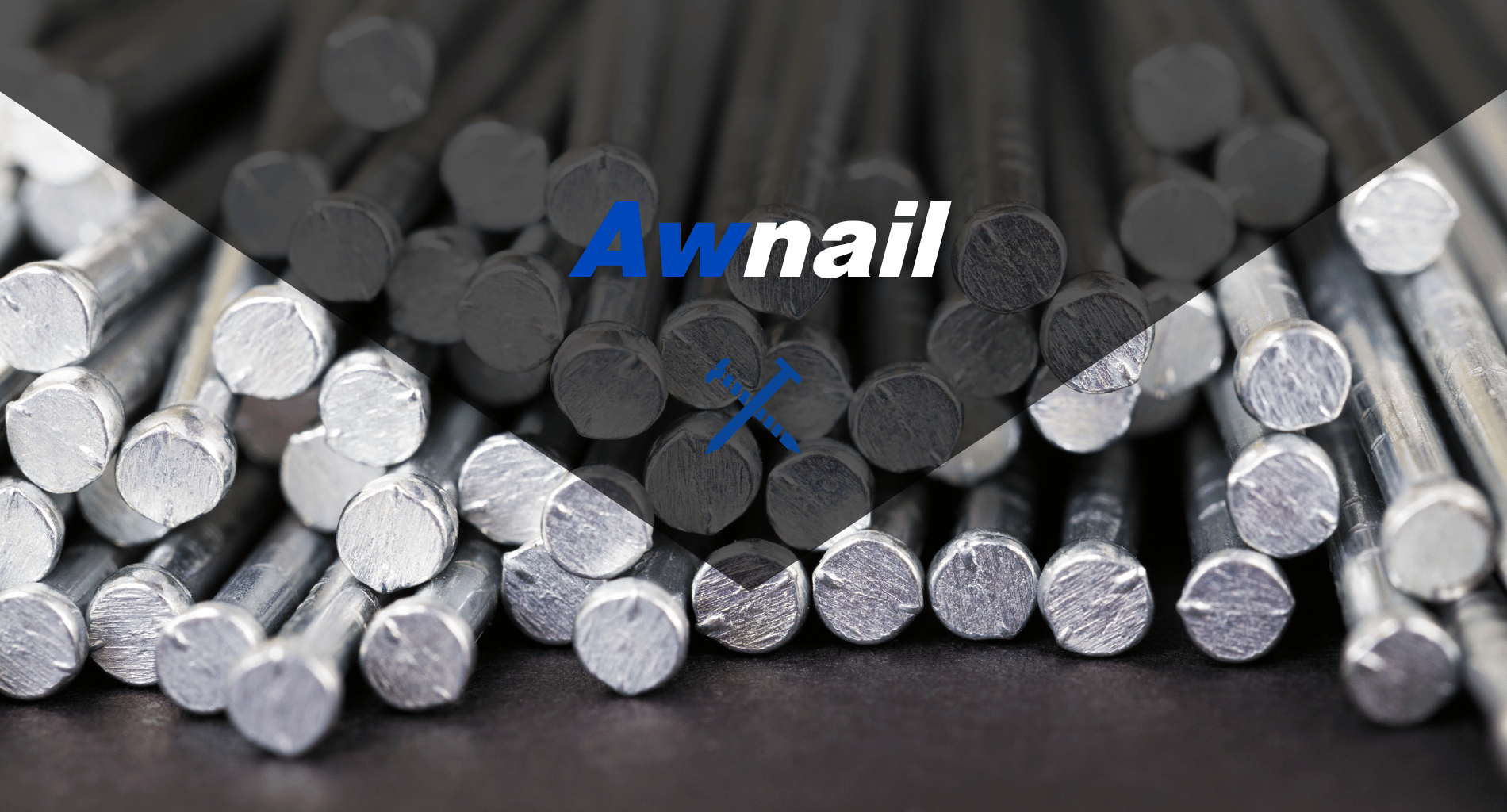What is wire drawing? It is the process of pulling metal through a die to reduce its diameter, a crucial technique in creating wires of various sizes and strengths.
With years of expertise in the field, my insights into wire drawing are grounded in hands-on experience and a deep understanding of the industry’s needs and advancements.
In this article, we’ll look closely at the detailed parts of wire drawing, exploring its methods, uses, and how it’s changing industries.
So if you want to learn more read on!
1. Basics of Wire Drawing
Wire drawing is the process of pulling a metal wire through a die to reduce its diameter, creating wire suitable for various applications. The metal, often in rod form, is drawn through progressively smaller dies, reducing its size and increasing its length. This technique is vital in industries like electronics, construction, and automotive. Additionally, it allows for precise control over the wire’s physical properties and strength.
Believe me, grasping this process is essential for maximizing investments in the industry. According to market research, the global wire drawing dies market size was valued at approximately $ billion in 2020, and it is expected to reach $ billion by 2027, highlighting its growing importance. This growth indicates a rising demand and potential for profitability in this sector.
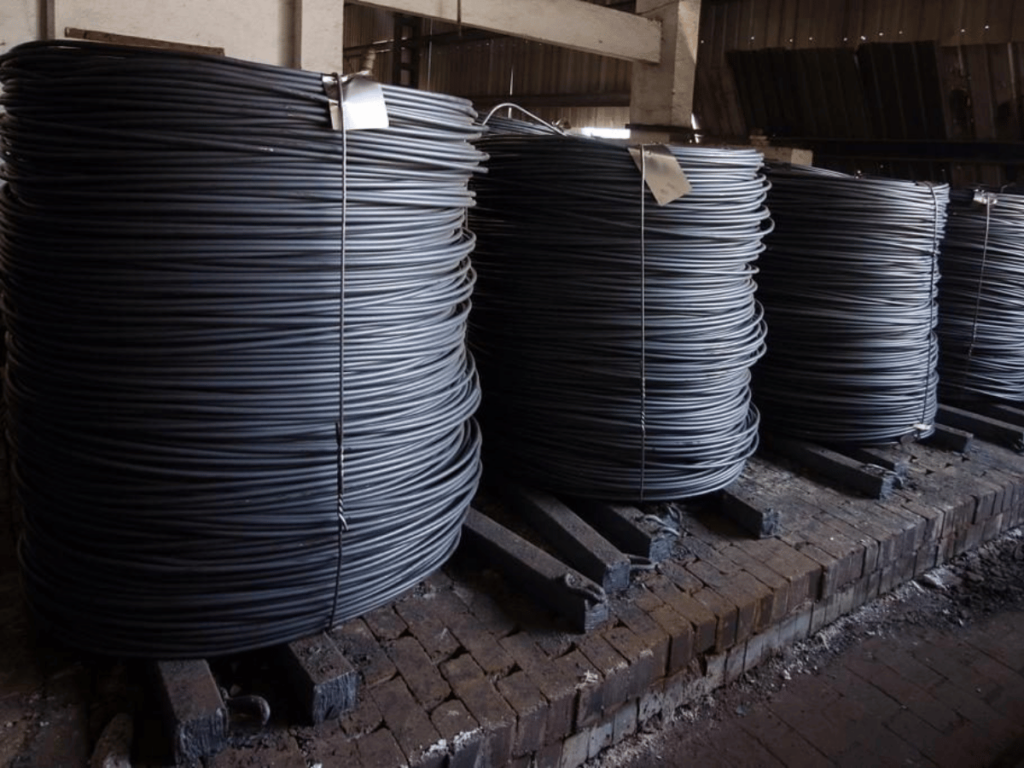
2. Types of Wire Drawing
After exploring the basics of wire drawing, it’s crucial to understand the different types available in the industry. Each type is unique and fits certain uses. Below are the primary wire drawing types to encounter:
Dry Drawing
This type uses a lubricant powder and is commonly used for smaller wires. It’s efficient and cost-effective for many applications. Dry drawing is often employed in creating electrical wires and cables. Additionally, this method minimizes the heat generated during drawing, preserving the metal’s properties. I’ve seen firsthand how dry drawing maintains the integrity of the metal, making it a reliable choice for quality wire production.
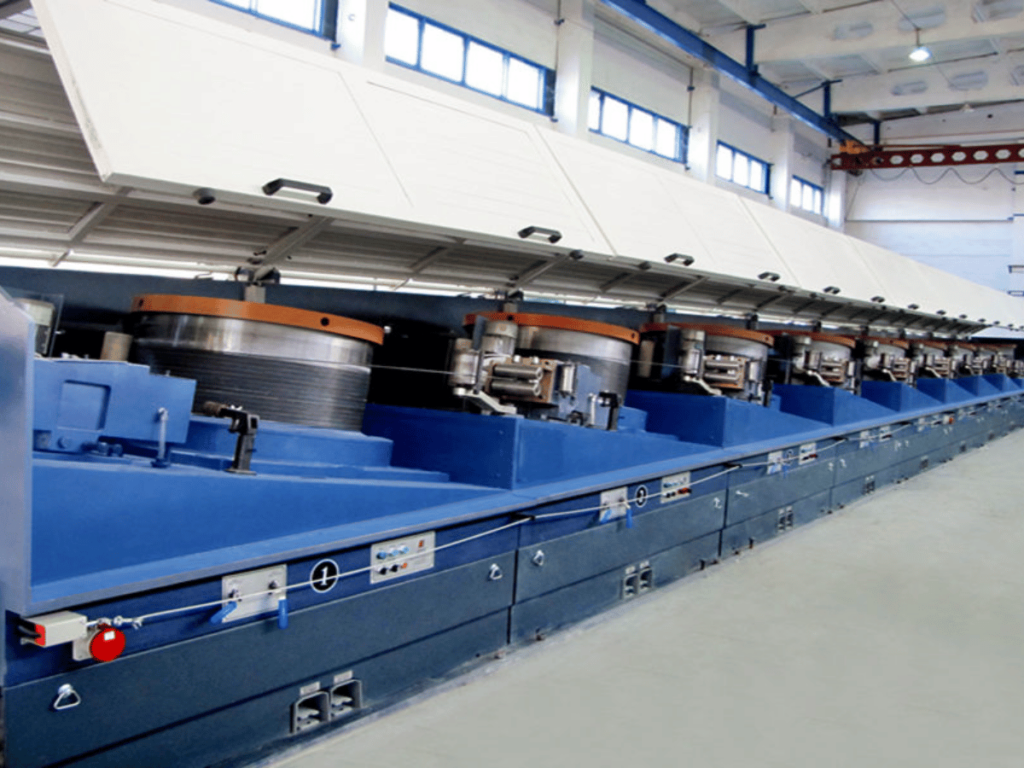
Wet Drawing
In wet drawing, the wire is drawn through a liquid lubricant. This method is ideal for producing very fine wires with smooth finishes. It’s especially useful for wires used in precision instruments and medical devices. The liquid lubricant also helps in cooling and cleaning the wire during the drawing process. Additionally, this technique reduces the wear and tear on the drawing dies, extending their lifespan.
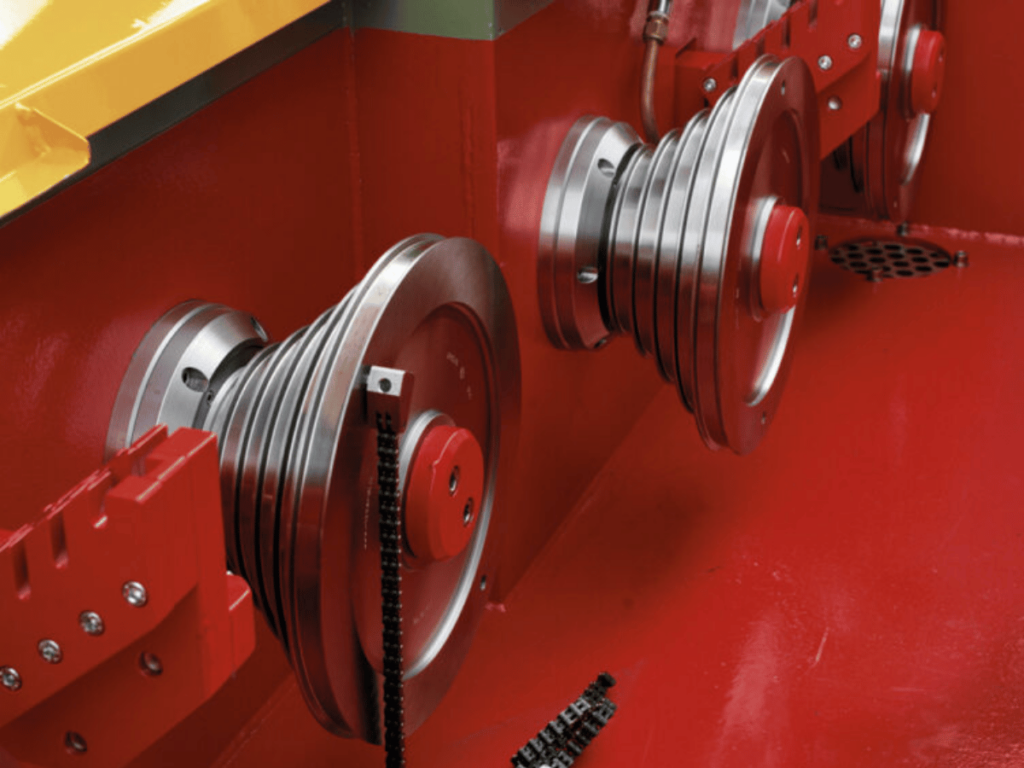
Slip Drawing
This technique allows the wire to slip slightly within the die, reducing stress and improving the wire’s ductility. It’s particularly beneficial for creating wires that require significant bending and shaping. Slip drawing also ensures a consistent wire diameter and surface quality. Moreover, this method is ideal for materials that are prone to breaking during the drawing process.
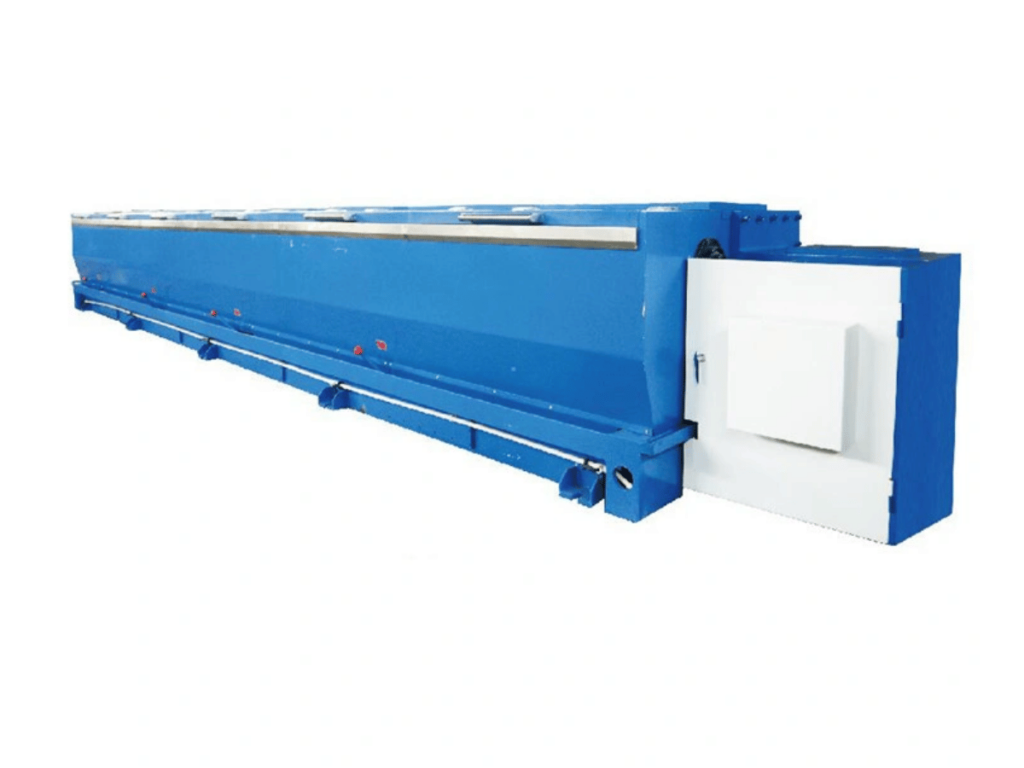
Tandem Drawing
Tandem drawing involves multiple dies in a series, allowing for continuous wire drawing and increased production speed. This method is suitable for large-scale production of wires with uniform characteristics. For example, tandem drawing is essential in efficiently producing long lengths of automotive cables used in vehicle wiring systems. It’s commonly used in producing construction wires for their consistency and strength.
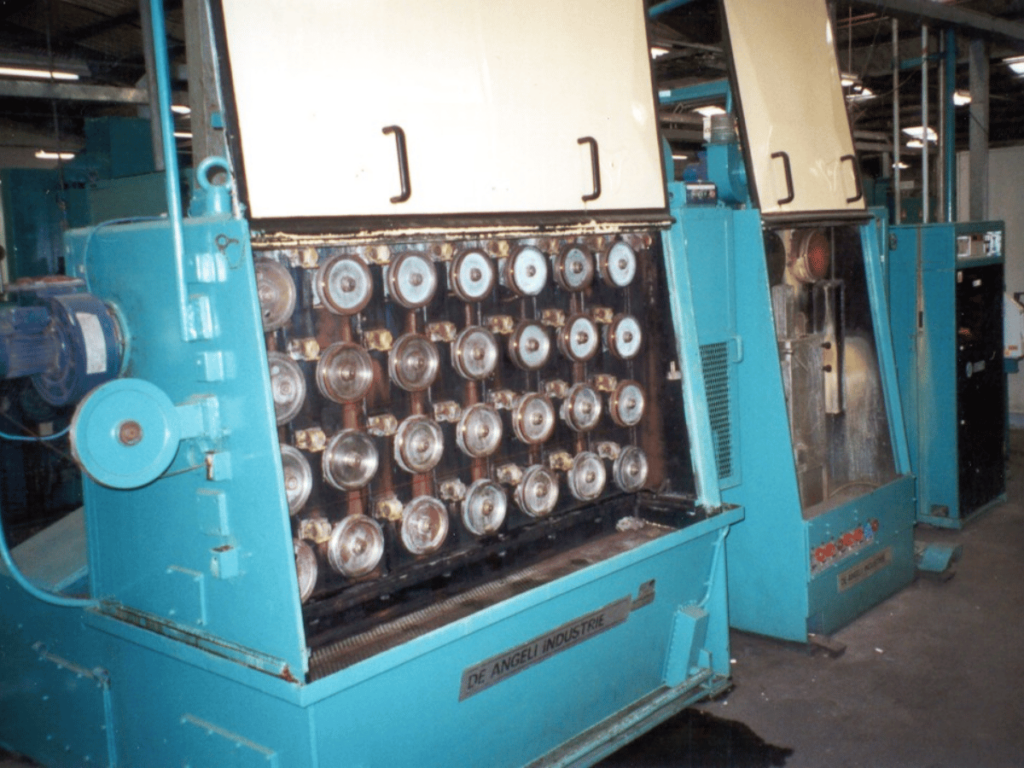
Bullblock Drawing
Used for larger diameters, this method involves drawing the wire around a rotating drum, allowing for greater control over the wire’s tension and strength. This technique is ideal for manufacturing heavy-duty wires for industrial and structural applications. Bullblock drawing also enables the production of longer lengths of wire without the need for splicing.
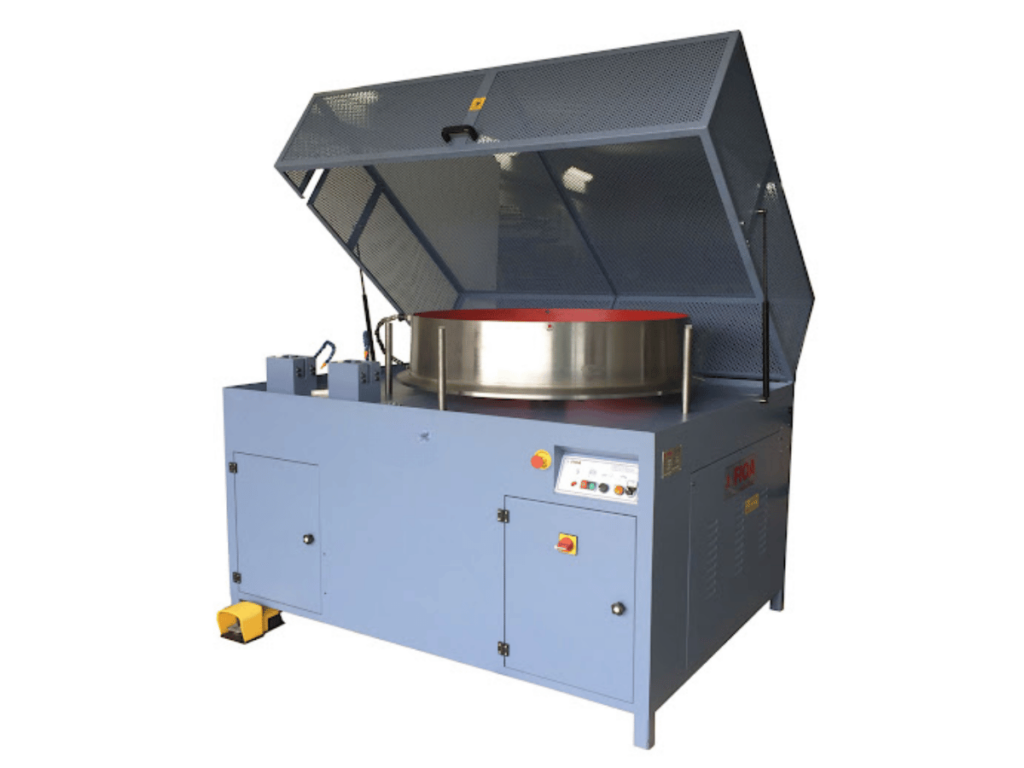
3. The Wire Drawing Process
After discussing the types of wire drawing, it’s crucial to understand the step-by-step process involved in wire drawing. Below are the key stages of the wire drawing process:
Step#1 Preparation of the Metal Rod
The process begins with preparing the metal rod, usually by cleaning and coating it to ensure smooth drawing. The rod is also often annealed to improve its ductility. This preparation is critical to prevent defects in the final wire product. The coating applied can also serve as a lubricant during the drawing process, aiding in smoother wire production.
Step#2 Drawing Through the Die
The prepared rod is then drawn through a die to reduce its diameter. This is done repeatedly through progressively smaller dies until the desired wire size is achieved. Each pass through a die further refines the wire’s dimensions and properties. The number of dies used can vary based on the final wire diameter and material characteristics required.
Step#3 Applying Lubrication
Lubrication is crucial in this process, whether it’s dry powder or liquid, to reduce friction and wear on both the wire and the die. The type of lubricant used depends on the wire material and the drawing process. Adequate lubrication not only extends the life of the drawing dies but also ensures the smooth surface quality of the wire. From my experience, the right lubrication can make all the difference in producing top-quality wire.
Step#4 Heat Treatment
After reaching the desired size, the wire may undergo heat treatment to adjust its mechanical properties, like strength and flexibility. This process involves heating and cooling the wire under controlled conditions. Heat treatment can enhance the wire’s tensile strength, making it suitable for specific applications like high-stress environments.
Step#5 Final Inspection and Coiling
The final step involves inspecting the wire for quality and consistency. It’s then coiled or spooled for easy handling and transport. The inspection ensures that the wire meets all specifications and standards required by the industry. Proper coiling is essential for storage and transportation, preventing damage and tangling of the wire.
4. Different Types of Wires Produced
After delving into the wire drawing process, it’s fascinating to see the variety of wires that can be produced. Each wire type is uniquely designed for specific uses. Below are various types of wires produced:
Electrical Wires
These are specifically designed for conducting electricity. They are usually made from copper or aluminum and are insulated to ensure safety and efficiency in electrical systems. Copper electrical wires are often used in domestic wiring due to their high conductivity, while aluminum is preferred for high voltage transmission lines due to its lightweight nature.
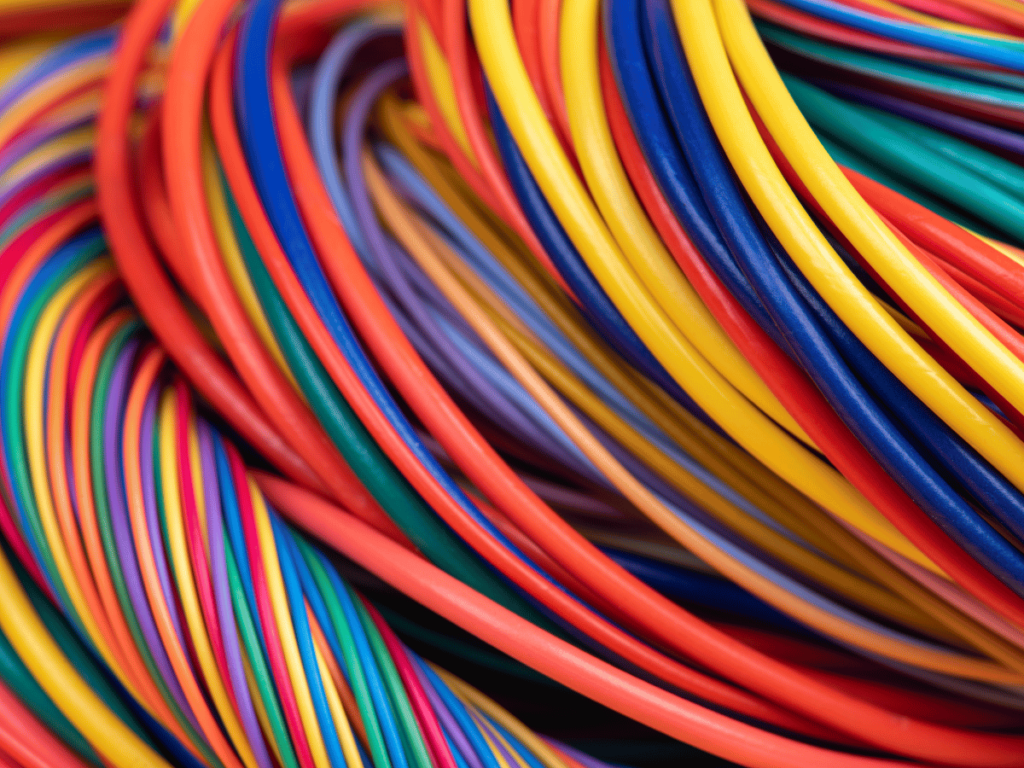
Steel Wires
Known for their strength and durability, steel wires are used in a range of applications from construction to automotive manufacturing. They can be further classified into types like stainless steel and galvanized steel wires. Stainless steel wires resist corrosion, making them ideal for medical and food applications, while galvanized wires are used extensively in fencing and cables due to their rust resistance.
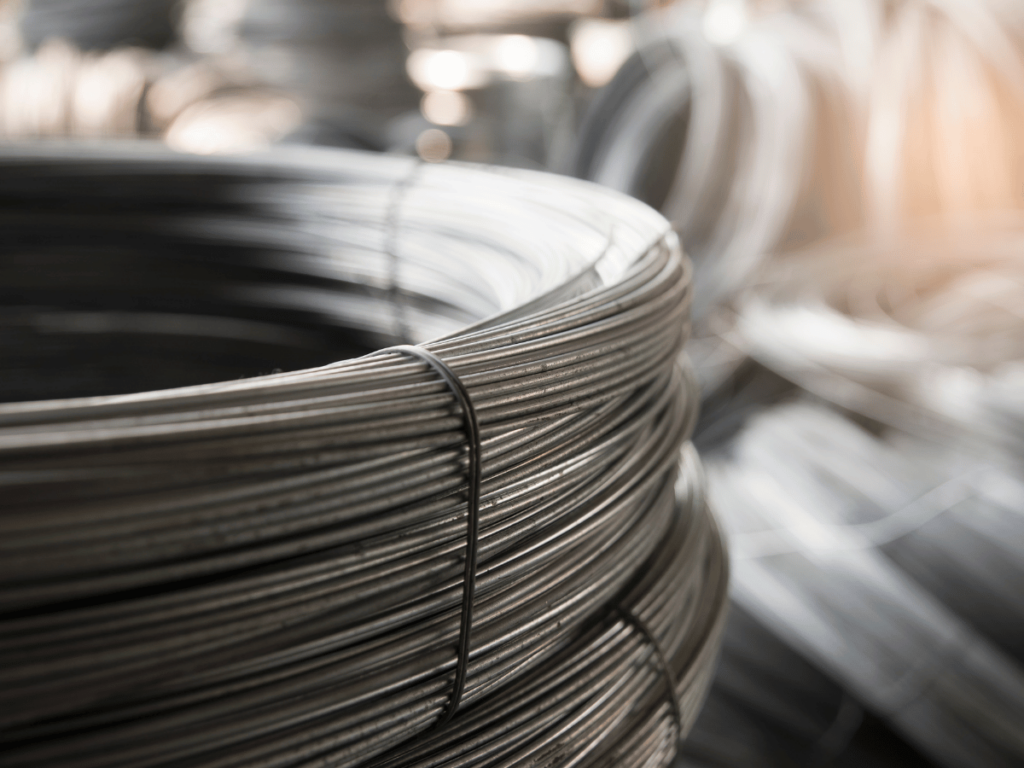
Copper Wires
Widely used in telecommunications and electrical industries, copper wires are favored for their excellent conductivity and flexibility. They are also used in crafting and jewelry making due to their malleability. In electronics, they are the primary choice for circuit board connections and in telecommunication cables. I’m impressed by the versatility of copper wires in both industrial and artistic uses.
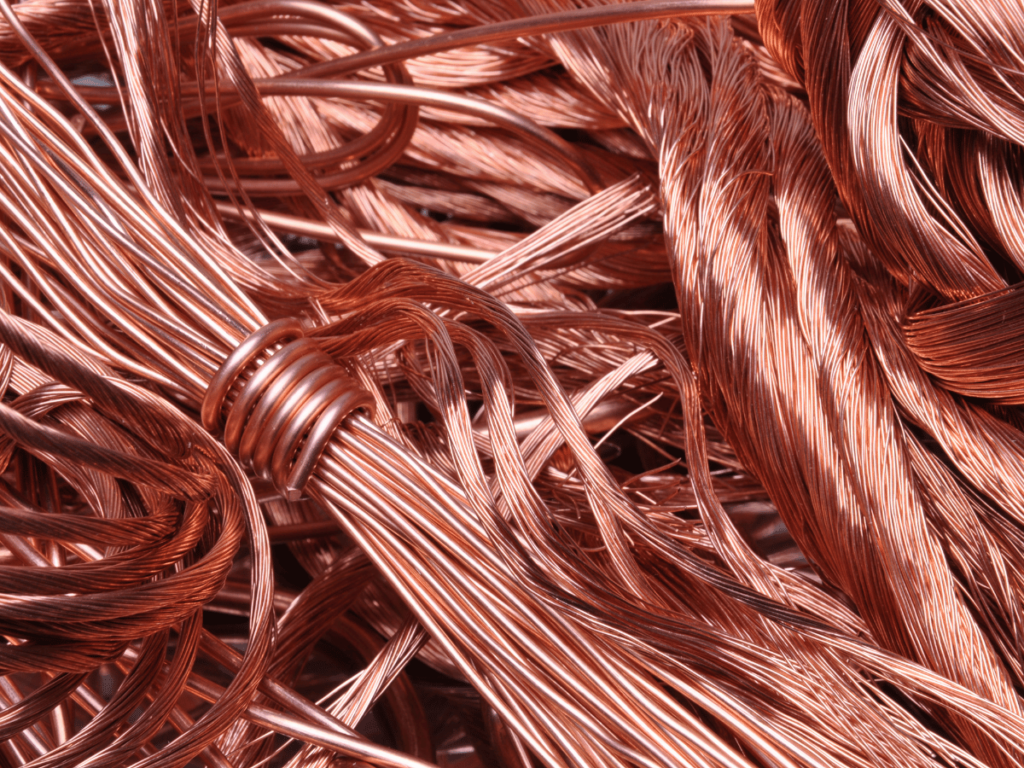
Aluminum Wires
These are lighter than copper and steel wires and are used where weight is a concern, like in aerospace and power transmission lines. Aluminum wires are also known for their resistance to corrosion. They are often found in overhead power lines due to their lightweight and cost-effectiveness. Awnail often incorporates aluminum wires in products where light weight and corrosion resistance are key factors.
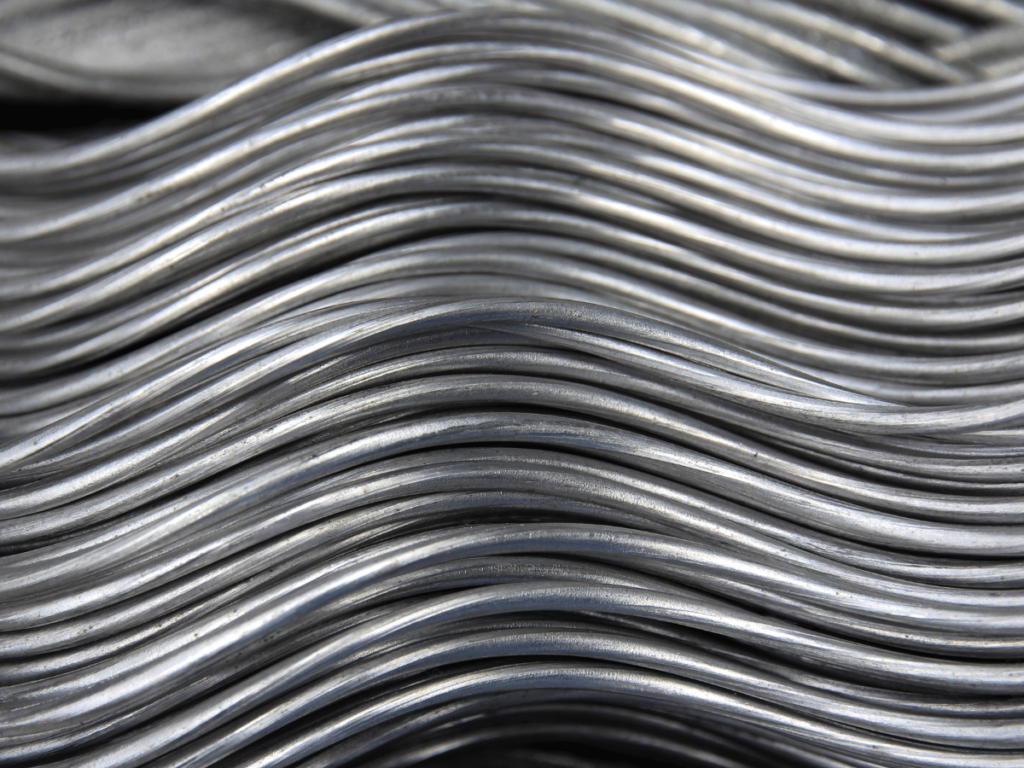
Coated Wires
These wires have a protective layer, such as zinc or plastic, to increase durability and resistance to environmental factors. They are commonly used in outdoor applications and consumer electronics. Zinc coating, for example, provides excellent corrosion resistance for fencing and cable wires, while plastic-coated wires are used in electronics and automotive applications for their insulation properties and aesthetic appeal.
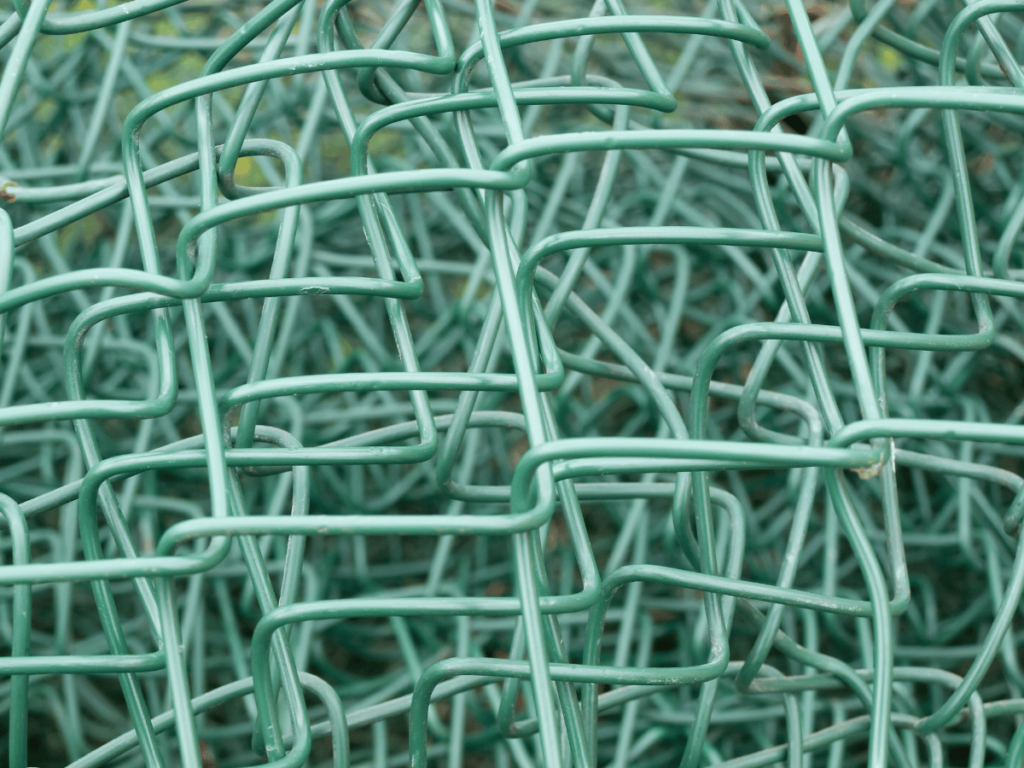
5. Applications of Wire Drawing
After learning about the different types of wires produced, it’s important to understand how these wires are applied in various fields. Key applications include:
Electrical Wiring
One of the most common uses of wire drawing is in the production of electrical wires, which are fundamental in powering homes, offices, and industries. These wires range from high-voltage power lines to finer wires in electronic devices. The insulation and diameter of these wires are tailored to their specific use, ensuring safety and efficiency in electrical applications.
Telecommunication Cables
The telecommunications industry relies heavily on wire drawing for creating cables that transmit data and communication signals across the globe. These include fiber optic cables and copper telephone wires, essential for internet and telephone services. Awnail emphasizes precision in wire drawing to ensure high-speed data transmission and reliability.
Construction Reinforcement
In construction, drawn wires are used to reinforce concrete, contributing significantly to the strength and stability of buildings and infrastructure. These wires are often found in bridges, highways, and high-rise buildings. The tensile strength and flexibility of these wires make them ideal for withstanding various environmental stresses.
| Application | Description |
| Bridges | Drawn wires reinforce concrete structures in bridges, enhancing their load-bearing capacity and structural integrity. |
| Highways | Used in road construction, drawn wires strengthen concrete pavements, ensuring durability and longevity under heavy traffic. |
| High-Rise Buildings | Integral to high-rise construction, drawn wires provide structural reinforcement, safeguarding against wind and seismic forces. |
| Infrastructure Projects | Drawn wires are essential components in various infrastructure projects, ensuring resilience and longevity in diverse applications. |
Automotive Components
The automotive industry utilizes wire drawing for various components, including springs, cables, and fasteners, essential for vehicle assembly and performance. Wires in car engines, braking systems, and electrical systems are all products of wire drawing. For instance, wire springs in suspension systems and brake line cables are made through wire drawing, showing its versatility in automotive manufacturing.
Medical Equipment
Wire drawing is also crucial in the medical field, particularly in manufacturing surgical instruments and medical devices that require precise and reliable wire components. Wires are used in stents, braces, and other orthopedic devices. Seeing these wires used in life-saving medical equipment truly highlights the importance of precise wire drawing.
6. Sustainable Practices in Wire Drawing
After exploring the various applications of wire drawing, it’s important to recognize the industry’s shift towards sustainable practices. Eco-efficiency is vital in wire drawing. Key sustainable practices are:
Recycling of Materials
Many wire drawing facilities actively recycle scrap metal, reducing waste and conserving resources. This practice involves reusing metal offcuts and drawing scraps to create new wire products. By recycling, these facilities significantly lower the demand for new raw materials, thus reducing the environmental impact of mining and processing.
Energy-Efficient Machinery
Upgrading to energy-efficient machines reduces the overall carbon footprint. Modern wire drawing machines are designed to consume less electricity while maintaining high productivity levels. These machines often feature advanced technologies like variable speed drives and automated control systems to optimize energy use.
Use of Eco-Friendly Lubricants
Shifting to biodegradable lubricants reduces harmful environmental impacts. These lubricants are made from renewable resources and break down more easily than traditional petroleum-based products. They minimize soil and water pollution, making the wire drawing process safer for the ecosystem. Additionally, these lubricants often offer superior performance, enhancing the quality of the wire drawing process.
Water Conservation Techniques
Implementing water-saving measures in wet drawing processes helps conserve this vital resource. This includes reusing water in the drawing process and installing efficient cooling systems. Recirculation systems and water treatment technologies enable facilities to use the same water multiple times, drastically reducing water consumption. These practices not only save water but also reduce the costs associated with water usage.
Emission Control Measures
Adopting technologies to control and reduce emissions from the wire drawing process helps in reducing air pollution. This includes installing filtration systems and using cleaner energy sources. The use of low-emission fuels and renewable energy sources, like solar or wind power, further decreases the environmental impact. These measures are crucial in maintaining air quality and complying with environmental regulations.
7. 4 Factors to Consider When Buying a Wire Drawing Machine
Amidst the shift towards sustainability in the wire drawing sector, selecting the appropriate machinery is crucial for manufacturers looking to enhance efficiency while complying with green practices. Here are some critical factors to consider:
#1 Compatibility with Wire Types and Alloys
The choice of a wire drawing machine must be directly influenced by the specific types of wires and alloys your operation intends to draw. Machines vary in their capability to handle different metals, such as aluminum, copper, or high-carbon steel, each requiring distinct drawing conditions. Ensure the machine you select is not only compatible but optimized for the materials you plan to process.
#2 Precision Drawing Capabilities and Die Configuration
The ability of a wire drawing machine to maintain precise control over wire diameter and shape is crucial. Look for machines that offer advanced die configuration options and precision drawing capabilities. This includes technology for consistent die alignment, pressure adjustment, and the ability to accommodate a range of die sizes, crucial for producing wires with exact specifications and minimal surface imperfections.
#3 Integrated Lubrication and Cooling Systems
Given the significant role of lubrication in ensuring smooth wire drawing, evaluating the machine’s lubrication and cooling systems is essential. Opt for machines that feature advanced, integrated lubrication systems capable of delivering consistent lubrication to dies and wires. Additionally, efficient cooling mechanisms are vital for managing the heat generated during drawing, especially for high-speed or continuous operations.
#4 Energy Efficiency and Operational Sustainability
In alignment with eco-friendly manufacturing goals, the energy efficiency of a wire drawing machine is a decisive factor. Machines designed with energy conservation in mind not only lower operating costs but also contribute to a smaller environmental footprint. Features to consider include regenerative braking systems, efficient motor drives, and smart control systems that minimize idle and running energy consumption.
Dive Deeper Into Our Resources
Looking for more diverse product options? Browse through our handpicked selections:
Still haven’t found what you’re looking for? Don’t hesitate to contact us. We’re available around the clock to assist you.
Conclusion
In conclusion, this guide offers valuable insights into the factors essential for optimizing wire drawing processes. By considering these elements, businesses can significantly enhance their production quality and efficiency.
Looking to advance metal fabrication processes? Awnail’s expert solutions can assist. For more information and tailored advice, feel free to contact us.

